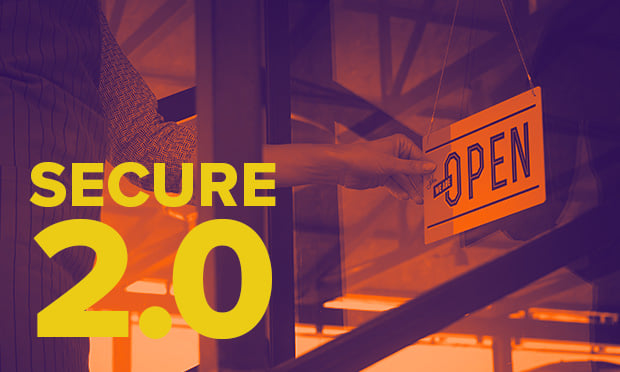In early May, deep into the Presidential primary campaign,Hillary Clinton sprang a surprise. Although she isn’t willing to goas far as Bernie Sanders and endorse universal Medicare-likecoverage for all, she said that she favors giving people under 65(exact age unspecified) a “public option” of buying into the existingMedicare system.
|Read: No retirement income plan satisfies allgoals
|To your clients age 55-65 facing constantly rising healthinsurance costs, this must sound like good news, and it makes forgood political theater in an election year.
|Read: Think what you could do with half a milliondollars in retirement
|But it’s an old chestnut idea that has been studied to deathwithout ever getting much traction – for three good reasons:
|1. Medicare spending is a runaway freighttrain. According to the Heritage Foundation, Medicare accounts for 15percent of the federal budget and is the fastest-growing federalprogram in terms of spending. Between 2014 and 2024, Heritageprojects Medicare spending will increase by 7.2 percent peryear.
|Medicare actually consists of two programs, and only one,Hospital Insurance (HI), is largely self-funded by premiums. Theother, Supplemental Medical Insurance (SMI), covers costs ofMedicare Parts B and D. Its trust fund has dwindled to about $60billion of reserves, and Part B and D premiums only cover about 22percent of program costs. Virtually all of the rest, about $250billion per year, comes straight from U.S. Treasury generalrevenues.
|2. The premium cost of a public-option buy-in could behigh. In a 2008 study, the Congressional Budget Office estimated that theper-person premium for a “revenue-neutral” Medicare buy-in option(one that doesn’t cost the Government more) from age 62-64 would be$7,600 per person. Given increases in medical costs since then, theannual premium could be as high as $11,000 per person today.
||3. Relatively few U.S. households might find the publicoption attractive. According to a 2009 report by theKaiser Family Foundation, only about 12 percentof 34.3 million Americans were uninsured in 2008, and thatpercentage probably is lower now with Obamacare subsidies. Morethan three million people age 55-64 already qualify for Medicarebecause they have received Social Security Disability (SSDI)payments for at least two years.
|While there is a defined market of people of pre-retirement agewho are uninsured, they are more likely to be poorer and sickerthan those who qualify for group or non-group privateinsurance.
|The Kaiser authors concluded that a budget-neutral public optionwould be vulnerable to adverse selection. “Sicker people whohave the greatest need for health insurance would be most likelyto…disproportionately enroll in the buy-in. This would lead to asituation in which premium increase each year.”
|Tell your clients that Presidential campaigns are full ofpromises, like the public option Medicare buy-in. Unfortunately,there is a thing called math and for Medicare the math is neververy good.
Complete your profile to continue reading and get FREE access to BenefitsPRO, part of your ALM digital membership.
Your access to unlimited BenefitsPRO content isn’t changing.
Once you are an ALM digital member, you’ll receive:
- Critical BenefitsPRO information including cutting edge post-reform success strategies, access to educational webcasts and videos, resources from industry leaders, and informative Newsletters.
- Exclusive discounts on ALM, BenefitsPRO magazine and BenefitsPRO.com events
- Access to other award-winning ALM websites including ThinkAdvisor.com and Law.com
Already have an account? Sign In
© 2024 ALM Global, LLC, All Rights Reserved. Request academic re-use from www.copyright.com. All other uses, submit a request to [email protected]. For more information visit Asset & Logo Licensing.








